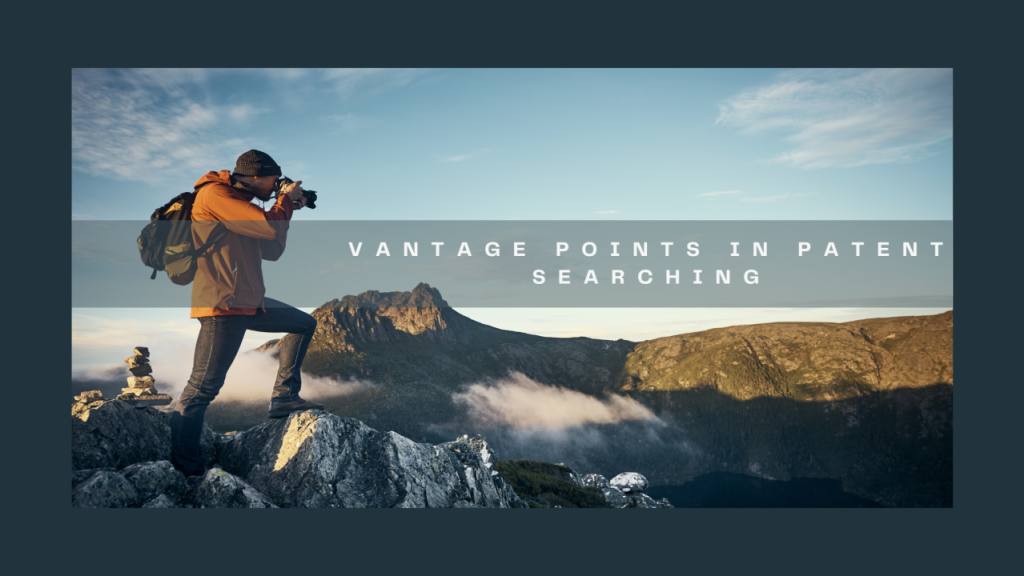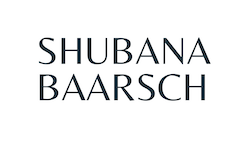
As patents searchers, we are focused on finding exact or close references. Having that focus is good as it can lead us to a reference that we are looking for. Focus can reduce the noise when searching for and inspecting references and it can also keep a search to a manageable size. It can also be beneficial to zoom out slightly, whilst still keeping this focus of course. How about vantage points about a focus? Can these be beneficial in patent searching?
After reading a disclosure, our mind can draw conclusions, and we start down a narrow path. We can stay on this narrow path if we have not asked questions or reasoned around the disclosure. We could look for the most obvious headings, the most obvious keywords and stay on this obvious path. If vantage points are used, we can stay around the focus of the search and think about how else the points in disclosure could look or be described. Ask yourself the following questions…
After reading a disclosure, our mind can draw conclusions, and we start down a narrow path. We can stay on this narrow path if we have not asked questions or reasoned around the disclosure.

What problem does the invention solve? How else can the problem/solution be described?
For similar inventions, inspect the opening paragraphs of patents/applications. Find similar terms and phrases for the problem/solution. Is there a CPC/IPC classification heading that covers the problem/solution as well as the product itself?
What is the commercial description of the invention? Keywords of specific parts/components may not capture a reference of interest. What is the product commonly known as?
Look at the company’s website, or any other company with a similar product. How do they describe it? These terms may be less technical than those used in patent specifications but still include them. Does the company/assignee have patents/applications from which citation/similarity searches can be conducted?
These terms may be less technical than those used in patent specifications but still include them.
After having located the most obvious CPC/IPC headings, are there any other headings where the invention may be indexed?
Are there more general headings where the invention could be indexed, i.e. higher up in the hierarchy? Is there a cross-over of technologies? What are the CPC/IPC headings of the cross-over technology? Try searching these headings.
If other companies manufacture/sell the product, how do they describe it?
Do a quick assignee search to find other patent references that are in the same field. How do these references describe the product/field? Who are the common inventors for this field?
How is the product described in other patent/applications?
What are the common terms used in other patents/applications? Where are these referenced indexed? A lot of references have definitions and go on to list and describe other synonyms. These are incredibly useful! Make note of them! Part of the work has been done for you here. For example, a reference may define what is meant by ‘wireless’ and proceed to list different types of wireless communication.
A lot of references have definitions and go on to list and describe other synonyms. These are incredibly useful! Make note of them! Part of the work has been done for you here.
How is the product defined/described in CPC/IPC headings?
Learn from the language of CPC/IPC headings. These use technical terms that can be useful in your search. Read any notes and definitions for headings of interest.

The benefit of these types of questions is that they are centred around the focus of the search. The search is just being viewed from different angles. Perspective helps to see the path but in context. Rather than looking straight down the path, stand still and look around. This gives more information and helps to form a more accurate conclusion/opinion of what is being searched. Searching can be subjective, but if you take the time to view a search from different vantage points, you are likely to cover more bases. Hopefully one of these bases is how patent attorneys have described an invention and the language they use in their patent publications. Vantage points give context and knowledge. It’s good to keep questioning your understanding and give context to your understanding.
Searching can be subjective, but if you take the time to view a search from different vantage points, you are likely to cover more bases.
Start with the focus (the characterising part of the search) then explore the next layer of references of the product itself without the characterising part and learn new terms. Your golden reference may just be sitting amongst this layer of the search!
